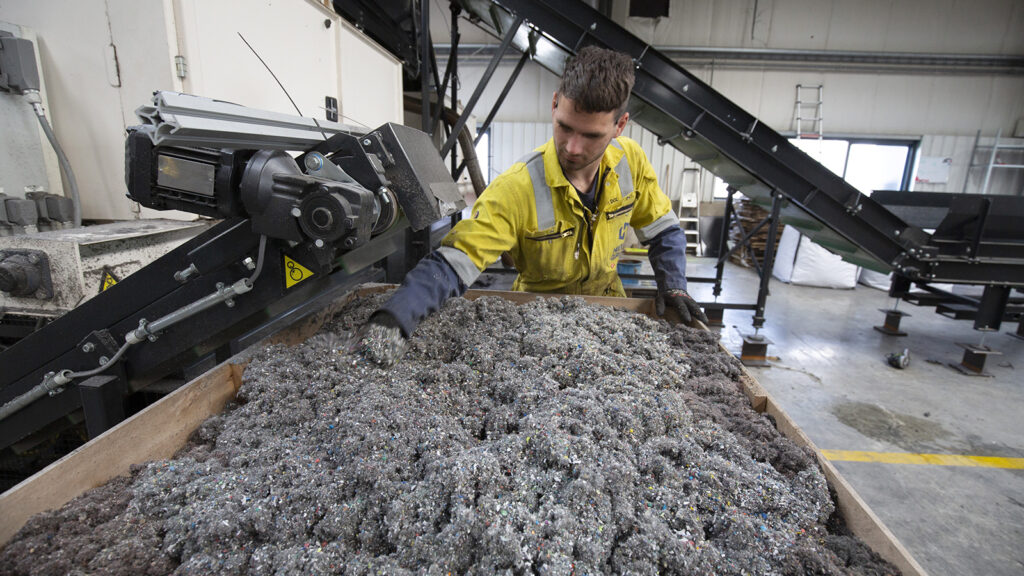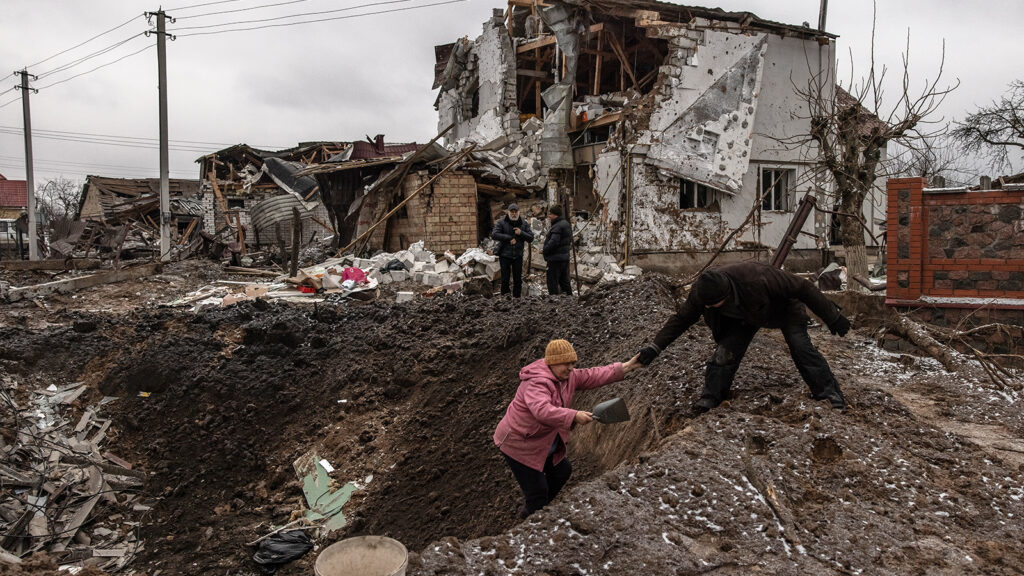How Persistent Inflation Is Causing Procurement to Adapt

Photo: Unsplash
It has been almost two years since the first signs of inflation, ignited by the COVID-19 pandemic, began appearing across the global industrial landscape. From the summer of 2020 through late 2021, prices rose steadily across the board — on everything from raw materials to labor.
Since then, conditions have begun to moderate. Most nations are lifting pandemic-related mandates, and the massive labor shortages that plagued companies in 2020 and 2021 are starting to subside. The one major exception, of course, is China where full-lockdown conditions akin to 2020 have returned, following recent COVID variant outbreaks.
In the United States, for example, rising wages and the phaseouts of foreclosure moratoria and extended unemployment insurance have coaxed more people back to work. Unemployment in March was just a tenth of a percentage point above its level in February 2020. The labor force participation rate, which measures the percentage of the population either working or actively looking for work, was 62.4% in March, up from a multidecade low of 60.2% in April 2020. While that isn’t quite back to the pre-pandemic level of 63.4% recorded in February 2020, the trend is clear.
Aggravated by Geopolitical Conflict
What hasn’t reversed is inflation, particularly in raw materials prices. For many commodities, the world is dealing with successive and excessive increases that have, in some cases, doubled or even tripled the prices. While the increases were initially fueled by COVID-related supply chain disruptions and the rapid rebound in economic activity in 2021, they were driven even higher by the Russian invasion of Ukraine on February 24. For example, as Russian tanks rumbled across the border, the cost of plastic spiked — 71% above its pre-pandemic level in the United States and 112% higher in Europe. Today, U.S. steel prices are 76% higher than in March 2020 and 184% higher in Europe. On the London Metal Exchange, spot prices for aluminum were 98% above March 2020 levels.
Although the global economy remains very much in flux, companies with unwavering focus can identify and capture the opportunities bred by the current supply chain scramble.
Perhaps no single commodity tells the global economy’s inflationary tale of woe more than overseas shipping container rates. As measured by the Freightos Baltic Index of China/East Asia to Northern Europe, these rates jumped an astounding 822% higher than they were on the eve of the pandemic. Simply put, while labor shortages are showing signs of easing in some sectors, raw materials prices aren’t anywhere close to normalizing. Obviously, the implications of such unrelenting inflation are enormous for businesses trying to get on an even keel.
Yet, uncertainty breeds opportunity, and today’s mixed-bag economy is opening opportunities that companies should be more willing to exploit rather than take a wait-and-watch approach. Some of the biggest openings for an innovative business approach will come on the value-add side of manufacturing, where companies can tap their growing workforces to optimize cost structures.
Exploiting the Value-Add
In today’s seemingly chaotic but value-rich sourcing environment, the biggest key to success will be in drawing the distinction between purchased items with meaningful value-add steps and components that are 80% or more raw material-dependent. Examples of components with meaningful value-add steps include plastic and aluminum extrusions, stamped or machined metal parts, molded plastic products, motors, fans, and other semi-finished goods. Raw material-dependent components include steel wire rod, plastic resin, metal ingots, and other items.
In the current environment, cost structures of components with higher value-add steps have been somewhat insulated from wild raw material price fluctuations, given that raw materials generally comprise no more than 15% of the total cost of the component. In contrast, heavy raw material-dependent components have been susceptible not only to continued rising prices but also to extreme swings, which have made planning difficult.
In addition, many previously “underrepresented” markets have gained meaningful share from the more established raw material markets. For example, several types of lumber and wood products like furniture, previously thought of as a stronghold for Chinese and East Asian products, are now being sourced from Eastern Europe at a growing rate. The massive hike in ocean shipping rates from Asia has made European and U.S. suppliers significantly more cost competitive. Of course, the conflict in Ukraine might change the dynamics when it comes to Europe.
Capitalizing on Variables
The COVID-19 outlook in China remains the biggest variable on the supply chain front, while the conflict in Ukraine holds the potential to cause continued price increases of many raw materials and energy, particularly in Europe.
Private capital investors and operators need to act now to seize value-creation opportunities centered on optimizing the costs of procured materials while simultaneously identifying potential acquisition targets with true latent value.
Although the global economy remains very much in flux, companies with unwavering focus can identify and capture the opportunities bred by the current supply chain scramble.
This article was made possible with the support and insights from Tushar Narsana and Karina Swette.







